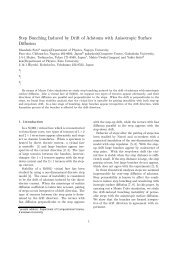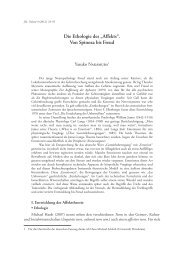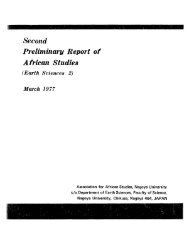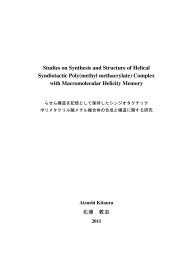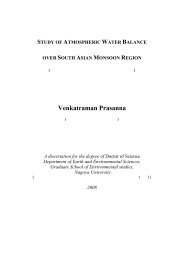k9254.pdf
k9254.pdf
k9254.pdf
Create successful ePaper yourself
Turn your PDF publications into a flip-book with our unique Google optimized e-Paper software.
2.1. Abstract.<br />
High-density poly(N-isopropylacrylamide) (PNIPA) brushes were synthesized on silicon<br />
surfaces by surface initiated ATRP at various polymerization conditions. Polymerization<br />
was achieved using CuCl/tris(2-(dimethylamino)ethyl)amine (Me6TREN) as a catalytic<br />
system in DMSO at 20 o C. The linear evolution of number average molecular weight (Mn)<br />
versus monomer conversion, the increase in layer thickness with polymerization time and<br />
relatively low molecular weight distribution (~ 1.2) indicate a well-controlled manner of<br />
polymerization. The average value of grafting density of PNIPA brushes was around 0.48<br />
chain/nm 2 : We obtained high-density PNIPA brushes. During the measurement of air<br />
bubble contact angle under the surface of the PNIPA brushes in water, the surface property<br />
of PNIPA brushes shows an interesting phenomenon, which is antithetic to that of typical<br />
PNIPA gel. With the increase of temperature from 10°C, the surfaces of the PNIPA brushes<br />
gradually change to more hydrophobic natures. But as temperature approaches the LCST,<br />
the brush surfaces turned back to hydrophilic state. This might be the effect of the change in<br />
the surface morphology of the polymer brushes and/or the change in physical state of the<br />
terminal end groups of the polymer, depending on temperature.<br />
Keywords: atom-transfer radical polymerization (ATRP); monolayers; polymer brushes;<br />
surface-initiated polymerization.<br />
24



